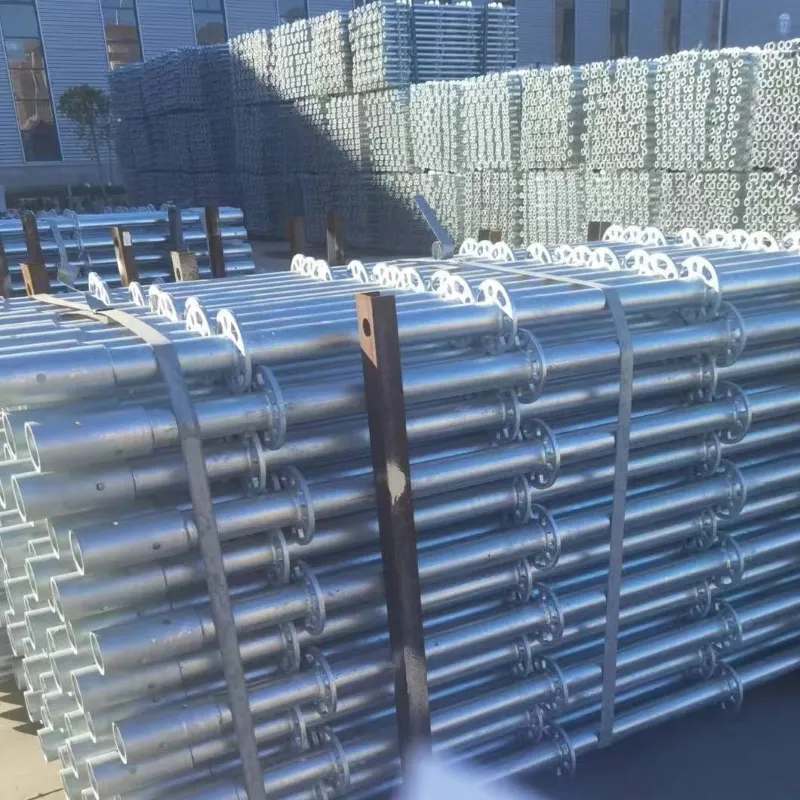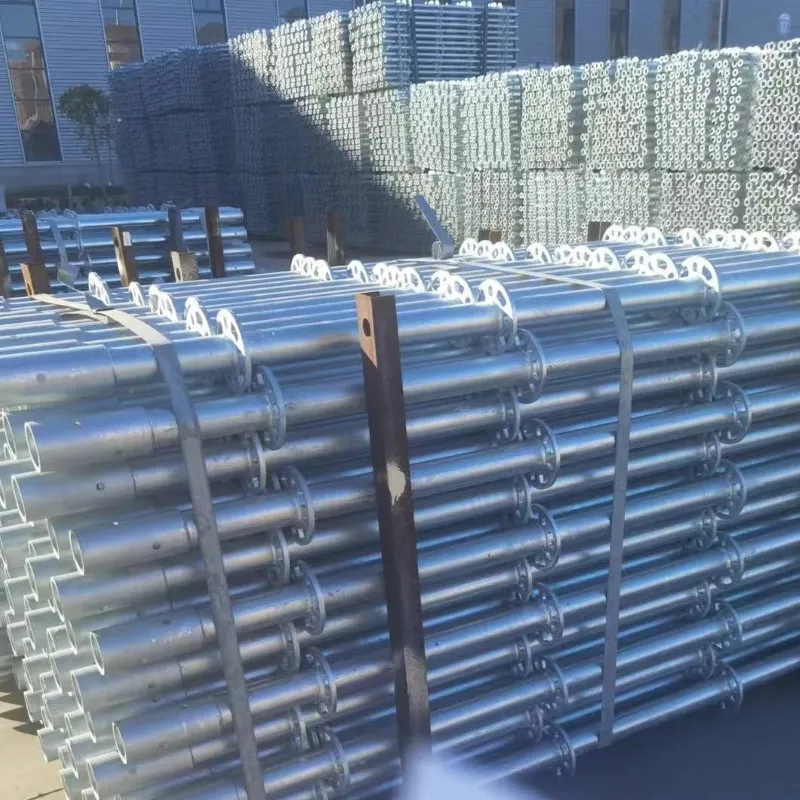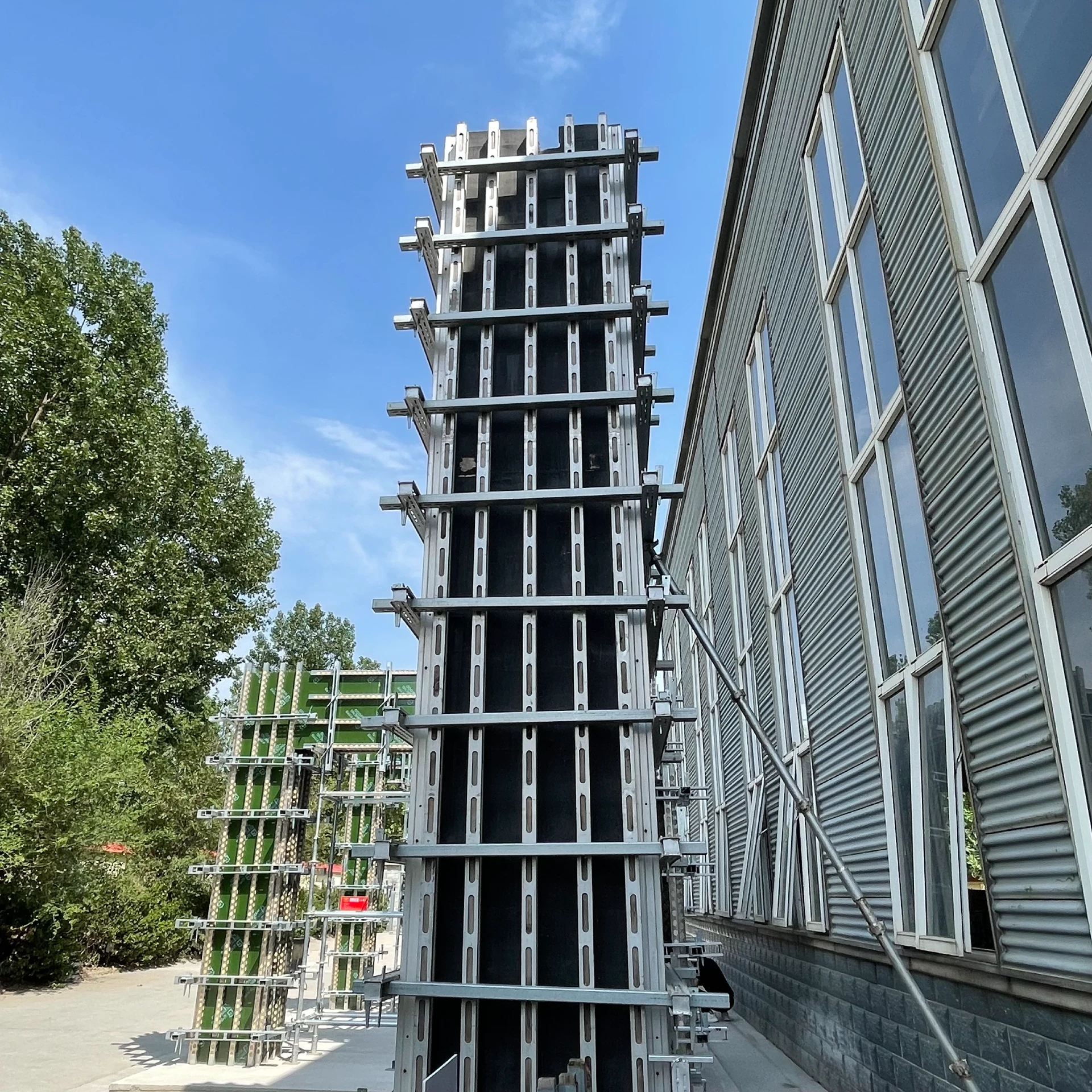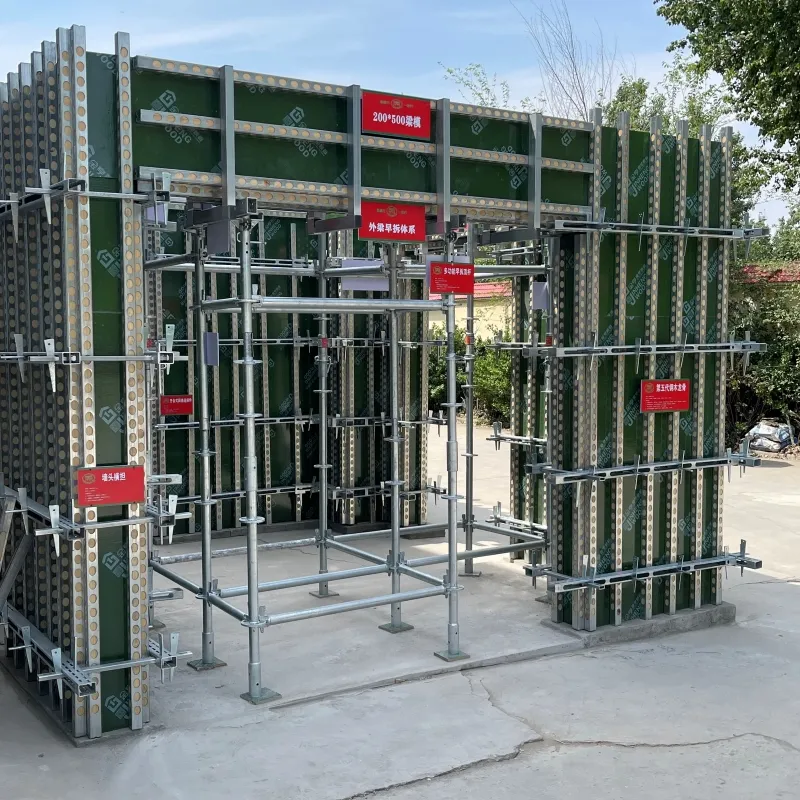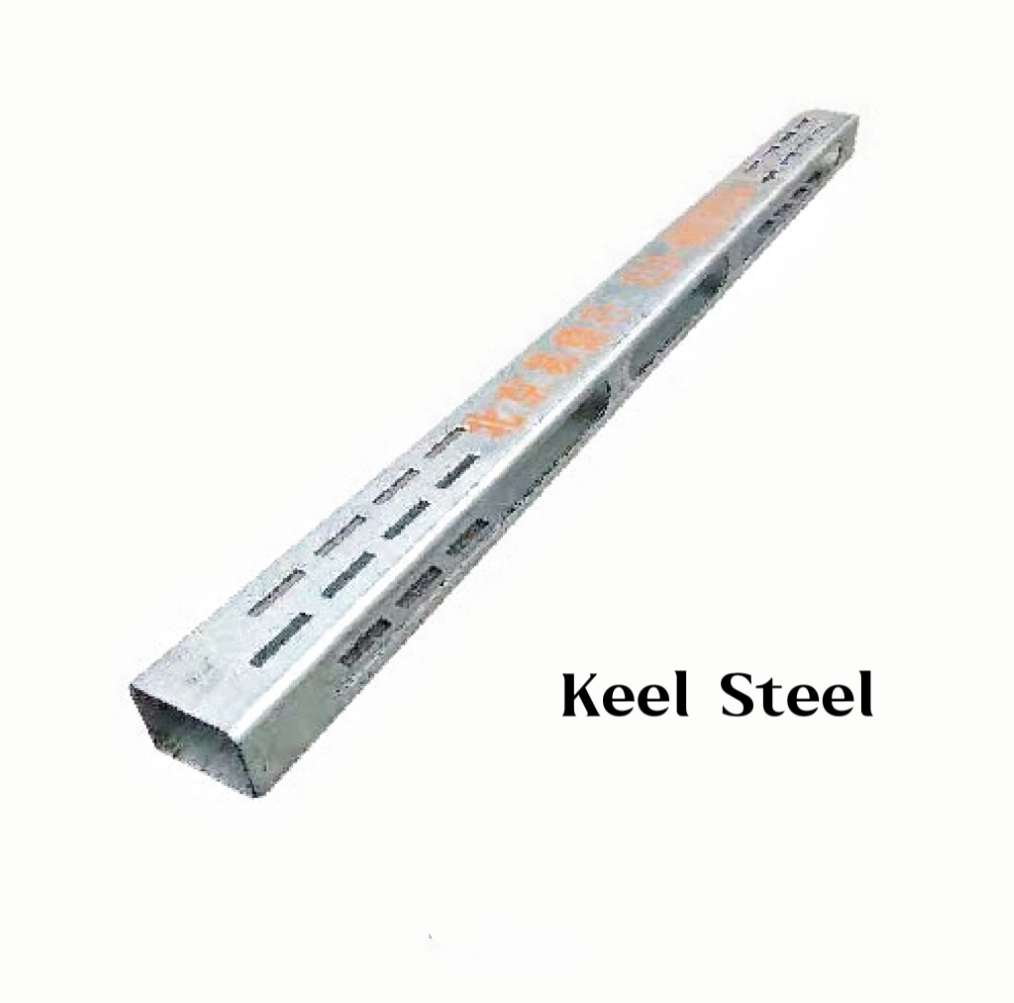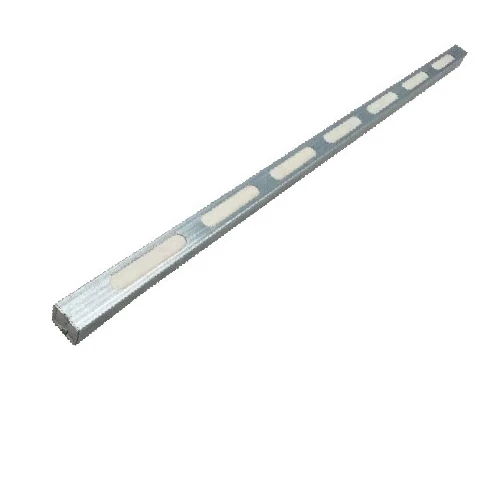
Lightweight Steel Keel: Strong, Durable Framing Solutions
Understanding Keel Steel: A Foundation for Industrial Excellence
In the demanding landscape of modern engineering and construction, the integrity and performance of foundational structural components are paramount. This is where steel keel emerges as a critical element. Often referred to simply as "keel" in the context of steel structures, it signifies a robust support system designed to bear significant loads and provide unparalleled stability. From intricate industrial machinery bases to comprehensive structural frameworks, understanding the precise application and technical specifications of this material is crucial for B2B decision-makers seeking long-term reliability and operational efficiency. Our exploration delves into its multifaceted role, encompassing manufacturing sophistication, diverse applications, and inherent technical advantages.

The term steel keel in English broadly encompasses various steel sections and fabricated structures that serve as primary load-bearing or foundational elements. These can range from heavy-duty I-beams and channels used in building construction to precision-engineered profiles designed for specialized industrial equipment. Its significance lies in its ability to distribute weight effectively, resist deformation, and provide a stable mounting surface for other components. This makes it indispensable across a spectrum of industries where structural integrity cannot be compromised. The intrinsic properties of steel, such as its high tensile strength and ductility, are fully leveraged in the design and fabrication of these critical components, ensuring resilience even under extreme operational conditions.
The Advanced Manufacturing Process of Keel Steel
The production of high-quality steel keel components is a complex process demanding precision and adherence to stringent quality control standards. It typically begins with the selection of premium steel alloys, often carbon steel or low-alloy steel, chosen for their specific mechanical properties such as strength, hardness, and weldability. For applications requiring superior corrosion resistance or specific hygienic properties, specialized grades like stainless steel are utilized, leading to products like the stainless steel keel band, frequently found in marine or food processing environments. The raw material undergoes initial preparation, which might include cutting and descaling, to ensure a clean surface for subsequent processing stages.
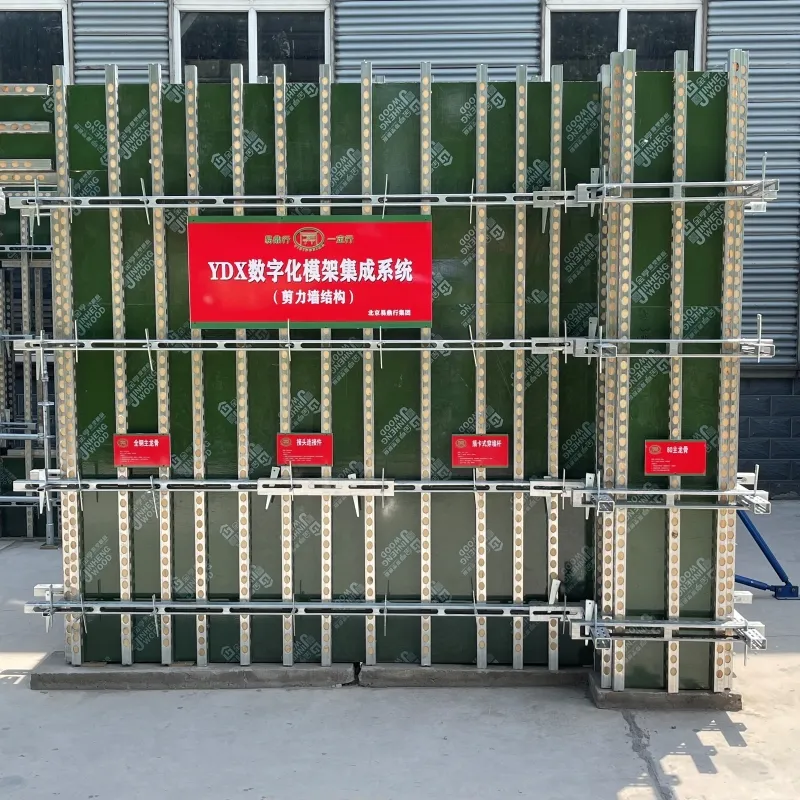
The core manufacturing processes for steel keel vary depending on the desired shape and specific application. Common methods include:
- Casting: For complex geometries or very large, solid components, molten steel is poured into molds. This method allows for intricate designs but requires precise control over cooling to prevent internal defects.
- Forging: This involves shaping steel using localized compressive forces, often through hammers or presses. Forging enhances the steel's grain structure, improving its strength, ductility, and fatigue resistance, making it ideal for high-stress applications.
- Rolling: For long, uniform sections like I-beams or channels, hot rolling is employed. Steel billets are passed through a series of rollers to achieve the desired cross-sectional shape and dimensions. This is particularly common for light steel keel applications in dry construction.
- CNC Machining: Following initial shaping, CNC (Computer Numerical Control) machining is often used for precision finishing. This allows for extremely tight tolerances, complex hole patterns, and custom profiles, ensuring components fit perfectly within larger assemblies.

Throughout these stages, rigorous quality control measures are implemented. This includes material composition analysis, dimensional inspection, and non-destructive testing (NDT) methods like ultrasonic testing or magnetic particle inspection to detect internal flaws. Final products are typically tested against international standards such as ISO 9001 for quality management, and specific material standards like ASTM (American Society for Testing and Materials) or EN (European Norms). Adherence to these standards ensures a predictable service life, often extending decades even in harsh industrial environments. For example, a well-manufactured steel keel can have a service life of 50+ years when properly installed and maintained, significantly reducing total cost of ownership.

Technical Parameters and Specifications of Keel Steel
Selecting the appropriate steel keel requires a comprehensive understanding of its technical parameters. These specifications dictate its suitability for various load conditions, environmental exposures, and structural requirements. Below is a table summarizing typical parameters for different types of Keel Steel, highlighting critical considerations for industrial applications. These values are derived from common industry standards and reflect high-performance steel grades suitable for robust B2B uses.
| Parameter | Carbon Steel Keel (e.g., Q345B) | High-Strength Alloy Steel Keel | Stainless Steel Keel (e.g., 304/316L) | Light Steel Keel (Galvanized) |
|---|---|---|---|---|
| Material Grade (Typical) | Q235B, Q345B, A36, S275JR | Q460C, S355J2, EN 10025-4, ASTM A572 Gr.50 | 304, 304L, 316, 316L | DX51D+Z (Hot-dip galvanized) |
| Tensile Strength (MPa) | 400 - 550 | 550 - 700 | 520 - 680 | 270 - 410 |
| Yield Strength (MPa) | 235 - 345 | 355 - 460 | 205 - 310 | 220 - 270 |
| Elongation (%) | 20 - 26 | 18 - 22 | 35 - 50 | 15 - 20 |
| Hardness (HB) | 120 - 180 | 180 - 240 | <200 | <100 |
| Corrosion Resistance | Moderate (requires coating) | Good (requires coating) | Excellent (inherent) | Good (galvanized coating) |
| Typical Cross-Sections | I-beam, H-beam, Channel, Angle | Heavy I-beam, Custom Fabricated Sections | Rectangular/Square Hollow Section, Custom Profiles | C-channel, U-channel, Furring Channel |
| Standard Compliance | ASTM A36/A500, EN 10025, GB/T 700 | ASTM A572, EN 10025-4, JIS G3106 | ASTM A240/A276, EN 10088, JIS G4305 | ASTM C645, EN 14195, GB/T 11981 |
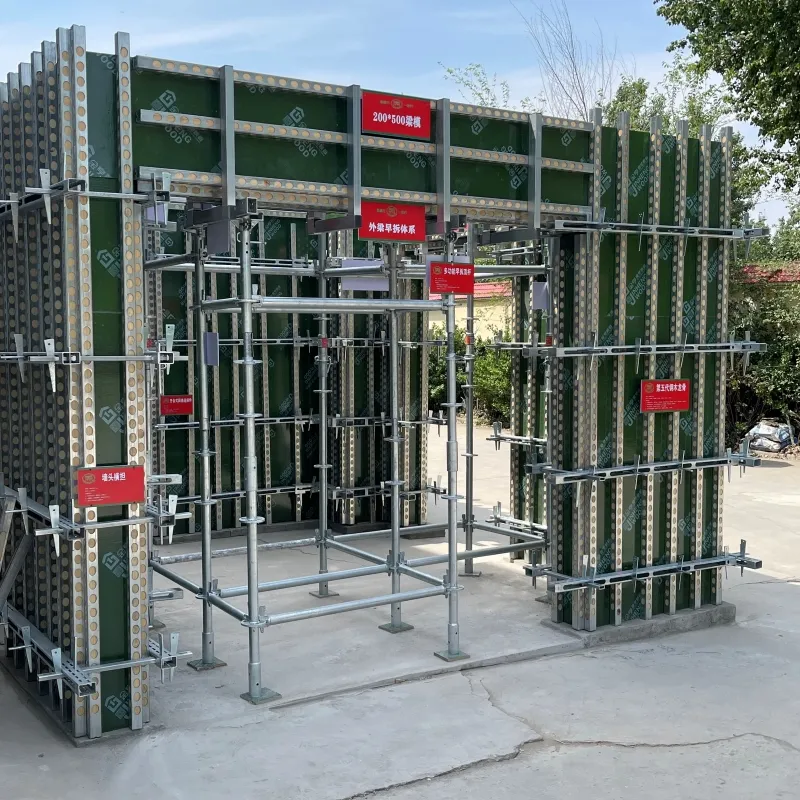
These parameters are critical for structural engineers and procurement specialists. For instance, the yield strength indicates the maximum stress a material can withstand before permanent deformation, while tensile strength refers to the maximum stress before fracturing. Elongation highlights the material's ductility, its ability to deform under tensile stress without breaking, which is vital for earthquake resistance in structural applications. Understanding these figures ensures that the chosen steel keel meets the specific safety and performance requirements of any given project, whether it's for a high-rise building, an offshore platform, or a precision manufacturing line.
Diverse Application Scenarios and Technical Advantages
The versatility of steel keel makes it indispensable across a vast array of industries. Its robust nature allows it to serve as the backbone for various critical infrastructures and operational systems.
- Petrochemical Industry: Used in the construction of pipe racks, equipment foundations, and structural platforms. Its high strength ensures stability against dynamic loads and seismic activity, while specific grades like stainless steel keel band provide exceptional resistance to corrosive chemicals and extreme temperatures, ensuring long-term operational integrity and minimizing maintenance.
- Metallurgy: Essential for supporting heavy machinery, furnace structures, and material handling systems. The ability of steel keel to withstand high temperatures and abrasive conditions is critical in these demanding environments, contributing to improved plant efficiency and safety.
- Water Supply and Drainage: Forms the structural support for pumping stations, filtration plants, and large diameter pipelines. Its corrosion resistance, especially with appropriate coatings or galvanization for carbon steel, ensures longevity in humid or submerged conditions, crucial for public infrastructure projects.
- Building & Construction: From framing for partition walls with light steel keel to main load-bearing structures in high-rise buildings, steel keel offers superior strength-to-weight ratio compared to concrete, speeding up construction and providing greater design flexibility.
- Marine and Offshore: Used in shipbuilding for hull strengthening, deck supports, and internal machinery foundations. The stainless steel keel band is particularly prevalent here, protecting vulnerable hull sections from impact and corrosion in harsh marine environments.
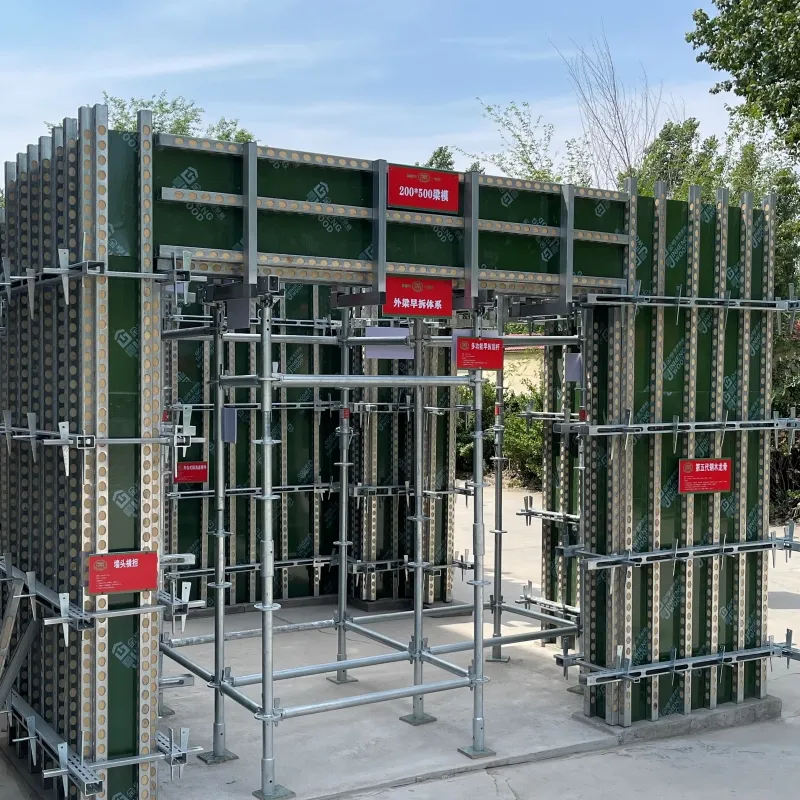
Beyond its broad applicability, steel keel offers significant technical advantages. Its high tensile and yield strength allows for thinner, lighter structures without compromising load-bearing capacity, leading to material savings and reduced foundation requirements. The inherent ductility of steel provides excellent energy absorption capabilities, making structures resilient against seismic events and sudden impacts. Furthermore, advancements in anti-corrosion treatments and the availability of stainless steel keel band options ensure extended service life and reduced maintenance costs, translating into superior total cost of ownership (TCO) for industrial clients. The precision manufacturing processes also allow for tight tolerances, facilitating easier assembly and greater structural integrity.
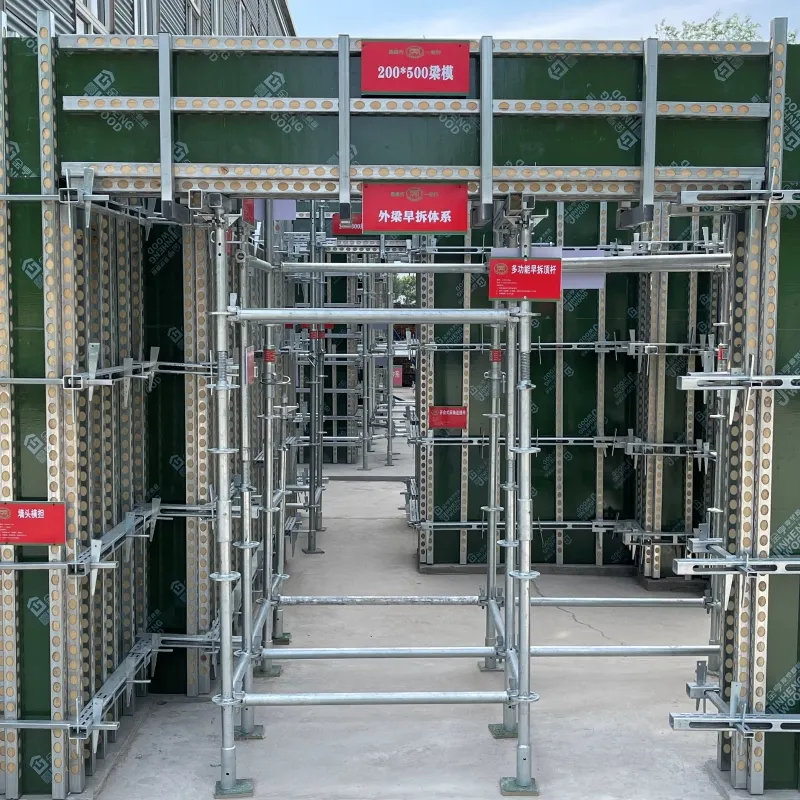
Industry Trends, Manufacturer Comparison, and Custom Solutions
The steel keel industry is continually evolving, driven by demands for greater sustainability, enhanced performance, and cost-efficiency. Current trends include the increasing adoption of high-strength, low-alloy (HSLA) steels to reduce material weight while maintaining or improving structural integrity. There's also a growing emphasis on modular construction techniques, where pre-fabricated steel keel sections are delivered to site, accelerating project timelines and reducing on-site labor costs. Furthermore, the push for green building initiatives is leading to increased demand for recycled content in steel production and more energy-efficient manufacturing processes.
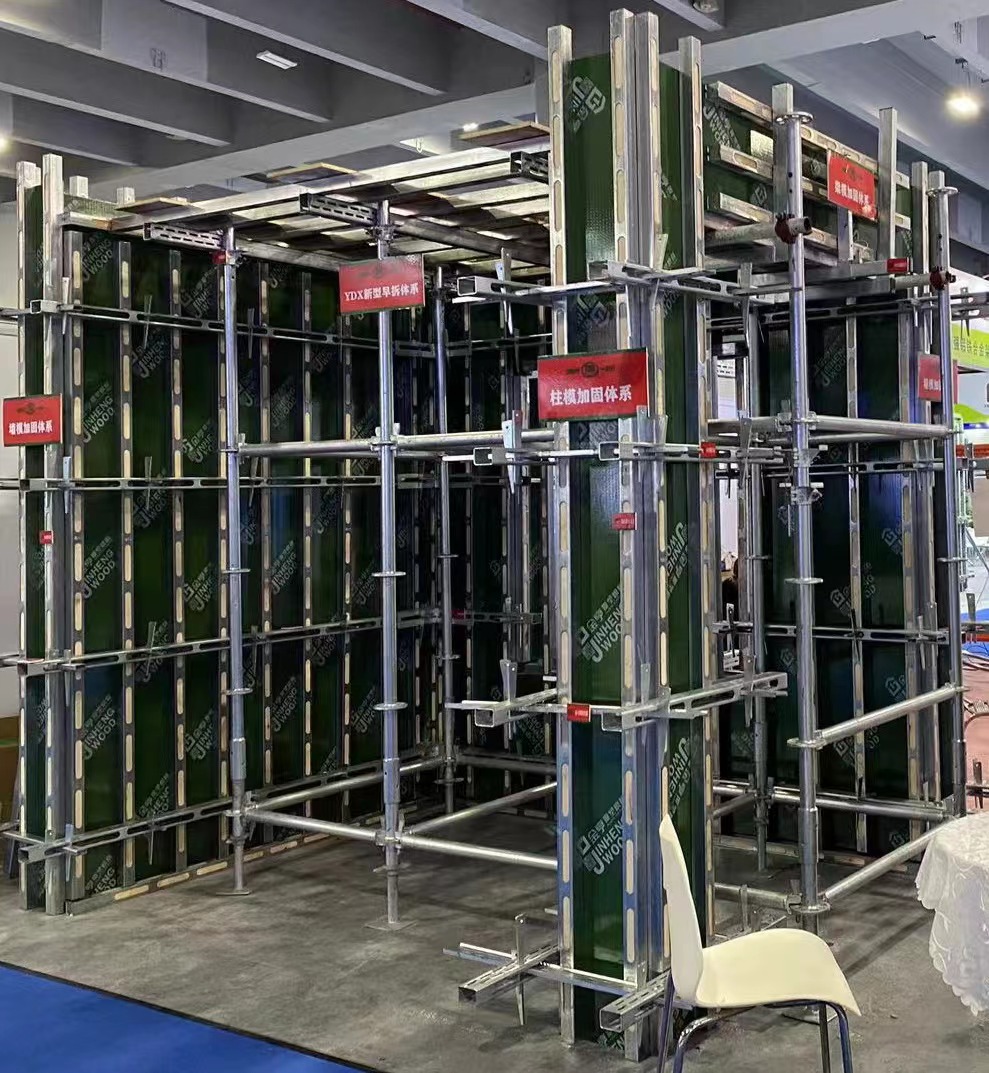
When evaluating manufacturers, B2B clients should consider several key factors beyond just price. A reputable manufacturer of steel keel will demonstrate deep expertise in material science, advanced fabrication capabilities (e.g., robotic welding, precision cutting), and a robust quality assurance system certified to international standards like ISO 9001. Look for companies with a proven track record, evidenced by successful project case studies in your specific industry, and those that offer comprehensive technical support from design consultation to post-delivery assistance. The ability to provide detailed engineering calculations, material certifications, and a transparent supply chain are hallmarks of a trustworthy partner.
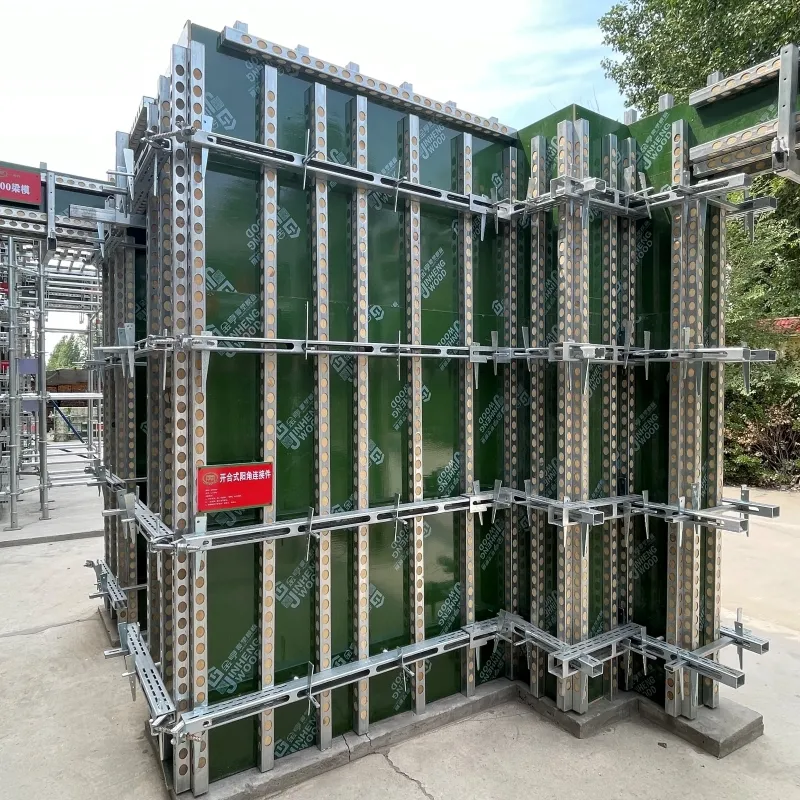
Customized solutions are frequently required for steel keel applications, especially in highly specialized industrial sectors. Whether it's a unique profile for a machinery base, a specific alloy composition for extreme temperatures, or a complex fabrication to integrate multiple systems, a leading supplier will offer extensive customization capabilities. This includes custom dimensions, drilling patterns, surface treatments (e.g., galvanization, specialized coatings), and pre-assembly services. For instance, in a recent project for a chemical processing plant, we engineered custom stainless steel keel band supports that had to withstand both high acidic environments and significant vibrational stress, demonstrating our capability to deliver precise, tailored solutions. Our team works closely with client engineers to translate unique project requirements into optimized steel keel designs.

Ensuring Trustworthiness: Certifications, Support, and Warranty
Establishing trust with B2B clients hinges on a foundation of verifiable quality, transparency, and reliable support. Our commitment to excellence is underpinned by comprehensive industry certifications. We are proud to hold ISO 9001 certification, testifying to our stringent quality management systems across all stages of steel keel manufacturing, from raw material sourcing to final inspection. Furthermore, our products often comply with specific national and international standards such as ASTM (American Society for Testing and Materials), ANSI (American National Standards Institute), and various EN (European Norms) or JIS (Japanese Industrial Standards), depending on the target market and application. These certifications are not merely badges; they represent a consistent adherence to best practices that guarantee the performance and safety of our steel keel products.
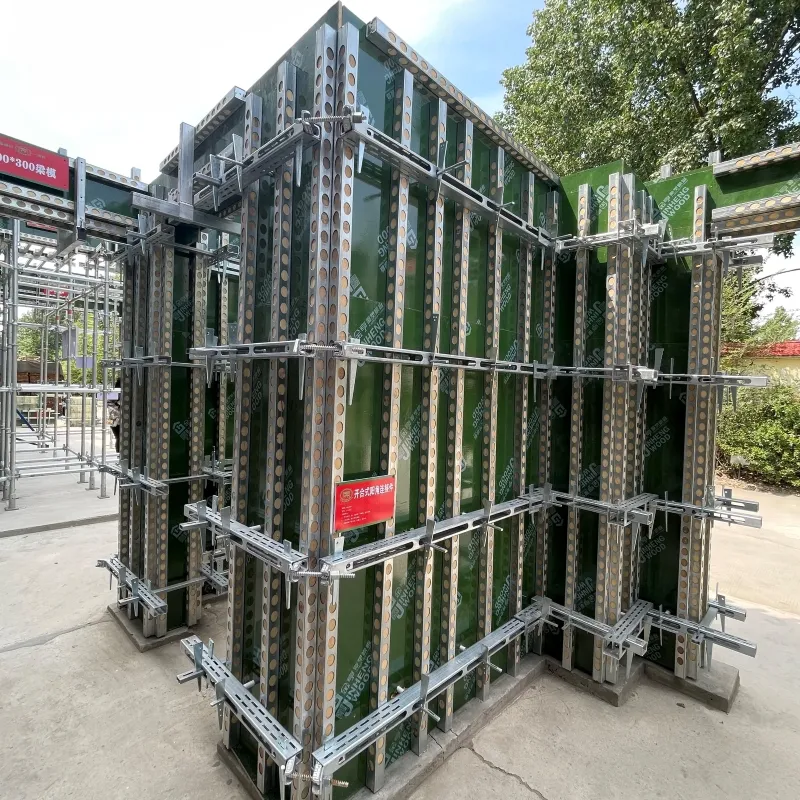
We believe in providing end-to-end customer support that extends beyond the sale. Our dedicated technical support team comprises experienced engineers who can assist with design optimization, material selection, and installation guidance for any steel keel project. We offer clear communication channels and proactive updates throughout the project lifecycle. For typical orders, our standard delivery period ranges from 4 to 6 weeks, depending on complexity and volume, with expedited options available for urgent requirements. Our efficient logistics network ensures timely and secure delivery globally, minimizing project delays for our clients. Each shipment is meticulously packed and handled to prevent damage during transit, safeguarding your investment.

Our confidence in the quality and durability of our Keel Steel is reflected in our robust warranty policy. We offer a comprehensive 5-year warranty on all structural steel keel components against manufacturing defects and material failures under normal operating conditions. This commitment provides our clients with peace of mind, knowing they are investing in products built to last and backed by a responsive service pledge. In the rare event of an issue, our dedicated after-sales team is committed to swift resolution, ensuring minimal disruption to your operations. This unwavering focus on product quality and client satisfaction has enabled us to build long-standing relationships with leading industrial players worldwide.
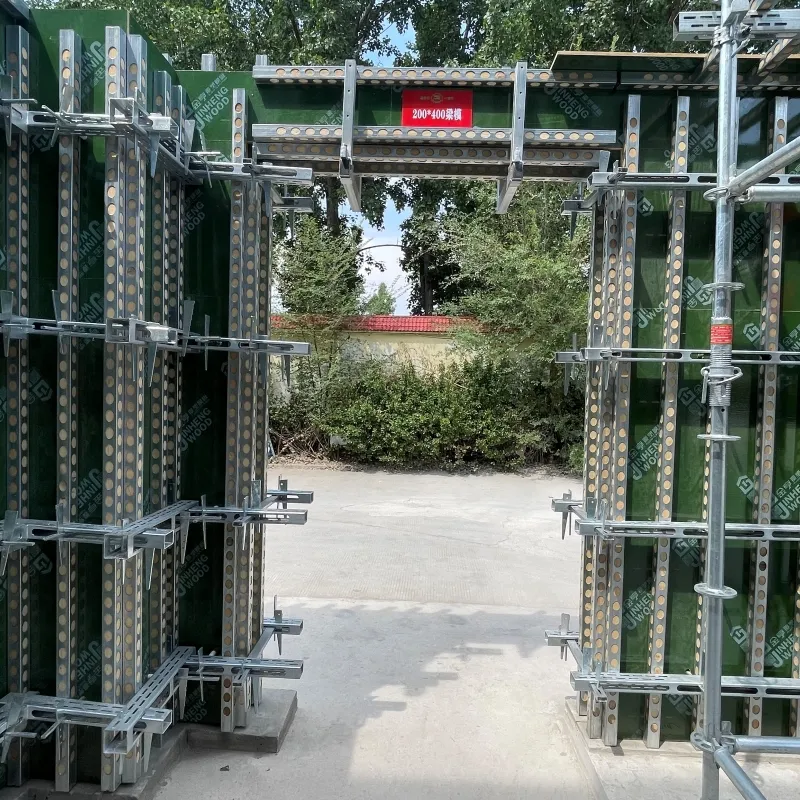
Frequently Asked Questions (FAQ) about Keel Steel
- Q1: What does steel keel mean in English, and what is its primary function?
- A1: The steel keel meaning in English refers to a primary structural steel element that forms the foundational support or backbone of a structure or machine. Its primary function is to provide rigidity, bear significant loads, and distribute stress efficiently across a wider area, ensuring stability and integrity in various industrial and construction applications.
- Q2: How does a light steel keel differ from heavy-duty steel keel sections?
- A2: A light steel keel typically refers to thinner, often galvanized steel profiles used primarily in non-load-bearing or light-load applications, such as interior wall framing, suspended ceilings, or small equipment supports. Heavy-duty steel keel sections, in contrast, are much thicker, made from higher-strength steels (e.g., Q345B, Q460C), and designed for primary structural support in large buildings, heavy machinery bases, or infrastructure projects where substantial loads and forces are involved.
- Q3: What are the main benefits of using stainless steel keel band in corrosive environments?
- A3: The stainless steel keel band offers superior corrosion resistance compared to carbon steel, especially in environments exposed to moisture, chemicals, or saltwater. This inherent resistance significantly extends the product's lifespan, reduces maintenance costs, and ensures structural integrity in highly corrosive settings such as marine applications, chemical processing plants, and food industries. It eliminates the need for frequent coatings or treatments required by other steel types.
- Q4: What quality standards should I look for when purchasing steel keel products?
- A4: When procuring steel keel, ensure the manufacturer adheres to recognized international quality management systems like ISO 9001. Product-specific material and dimensional standards such as ASTM (e.g., A36, A572), EN (e.g., EN 10025), JIS, or GB/T are also crucial. These standards guarantee the material's chemical composition, mechanical properties, and dimensional accuracy, ensuring reliable performance and compatibility with your project specifications.
- Q5: Can steel keel be customized for specific project requirements?
- A5: Yes, customization is a core offering for advanced steel keel manufacturers. We provide tailored solutions including custom dimensions, specialized profiles, precision drilling, cutting, welding, and specific surface treatments (e.g., galvanization, epoxy coatings) to meet unique project demands. Our engineering team collaborates closely with clients to design and fabricate steel keel components that perfectly integrate with their complex systems and operational environments.
References
- ASTM International. "Annual Book of ASTM Standards, Volume 01.04, Steel - Structural, Reinforcing, Pressure Vessel, Railway."
- European Committee for Standardization. "EN 10025: Hot rolled products of structural steels."
- American Institute of Steel Construction (AISC). "Manual of Steel Construction."
- ISO (International Organization for Standardization). "ISO 9001: Quality management systems – Requirements."
- The Welding Institute (TWI). "Guidance on Stainless Steels."
-
The Impact of Weather Conditions on Scaffold Platform PerformanceNewsAug.01,2025
-
The Fundamental Role of Steel Keel in Building StructuresNewsAug.01,2025
-
The Advantages of Aluminium Scaffolding for Sale in the Construction MarketNewsAug.01,2025
-
Supply Chain Optimization in Joist Reinforcement Plate ProductionNewsAug.01,2025
-
Material Grades and Their Significance in Column Rebar SelectionNewsAug.01,2025
-
How to Select the Right Timber Steel for Structural ApplicationsNewsAug.01,2025
-
The Importance of Reinforcement Bar in ConstructionNewsJul.11,2025




